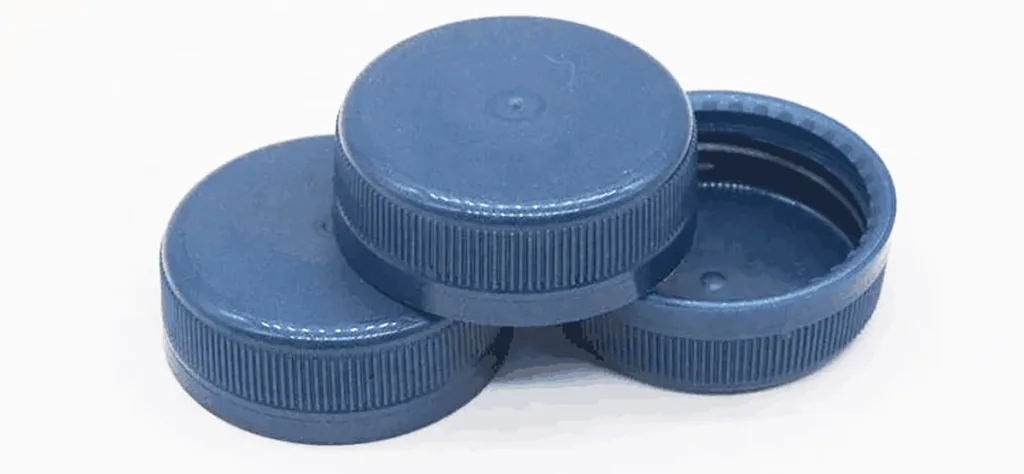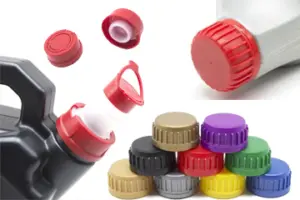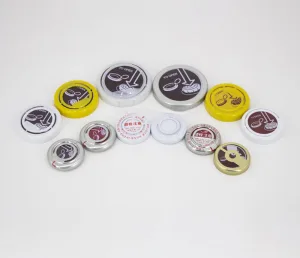In the world of beverages, especially in Brazil, the concept of “tapa a rosca” holds an indispensable role. This term refers to the action of securely sealing a bottle with a screw cap. This practice has gained widespread popularity for its remarkable practicality in preserving the freshness and quality of various bottled drinks.


Preservation of Freshness
One of the primary advantages of “tapa a rosca” is its ability to maintain the freshness of the contents within the bottle. When it comes to beverages like beer, carbonated drinks, and even fruit juices, it’s essential to protect them from external elements that can affect their taste and quality. The screw cap, with its airtight seal, plays a pivotal role in achieving this.
Tapa a Rosca:Protection Against Contamination
Besides preserving freshness, “Tapa a Rosca” serves as a robust defense against contamination. Whether it’s dust, dirt, or other foreign particles, the screw cap acts as a barrier that shields the beverage from external impurities. This is particularly important when considering the stringent quality standards upheld by beverage manufacturers.
Moreover, the screw cap’s design minimizes the risk of spillage, which is not only a matter of convenience but also a matter of hygiene and cleanliness. This is especially relevant for those enjoying their drinks in outdoor settings or on-the-go.
Tapa a Rosca:Convenience and Reusability
The practicality of “tapa a rosca” extends to its ease of use. Unlike traditional bottle caps that require a bottle opener, screw caps can be effortlessly removed and resealed with a simple twist of the hand. This convenience makes it a favorite among consumers who want to enjoy their beverages without the need for additional tools or equipment.
Furthermore, screw caps are designed for reusability. Once the bottle is opened, the screw cap can be easily screwed back on, allowing for portion control and preventing waste. This feature is particularly beneficial when dealing with larger beverage containers, as it enables consumers to enjoy a drink at their own pace.
Conclusion
In summary, “tapa a rosca” represents a practical and highly effective solution for preserving the freshness and quality of bottled beverages. The airtight seal and protection against contamination make it an invaluable choice for manufacturers and consumers alike. Its convenience and reusability only add to its appeal, making it a staple in the world of beverage packaging.




